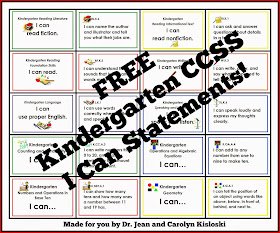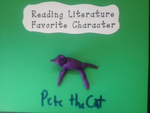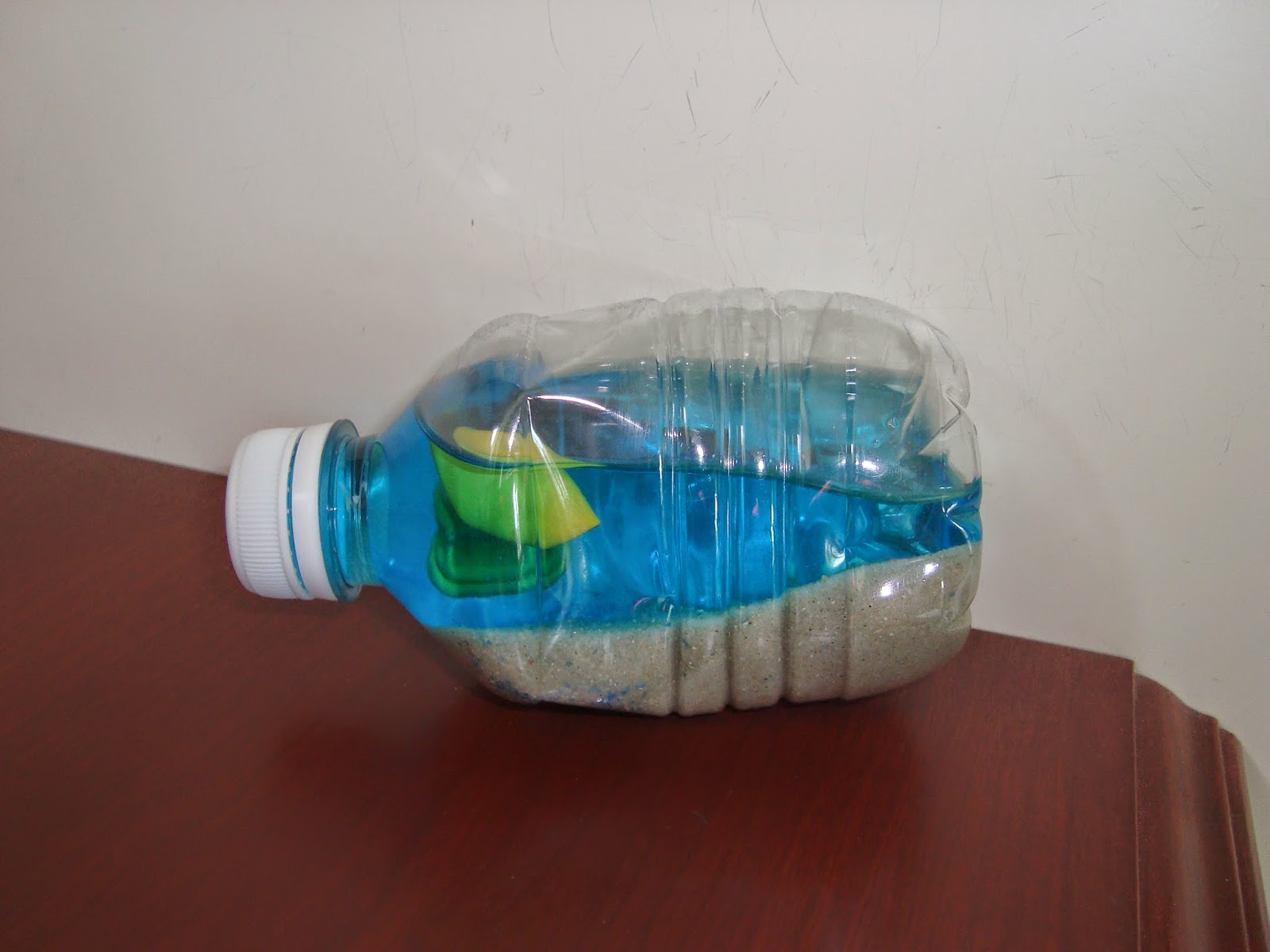 I know you think I’ve been slacking with my blog lately, but wait until you check out the SURPRISE that Carolyn Kisloski and I have been working on! Many districts now require teachers to display focus goals at centers, so we have translated the standards into “child friendly” language with these “I Can Center Cards.”
I know you think I’ve been slacking with my blog lately, but wait until you check out the SURPRISE that Carolyn Kisloski and I have been working on! Many districts now require teachers to display focus goals at centers, so we have translated the standards into “child friendly” language with these “I Can Center Cards.” HOW?
Run the center cards off (2 per page) on card stock and cut them in half.
Hole punch at the top and use book rings for each strand. Flip through the book to display focus goals at learning centers.
Note! Feel free to adapt these for your students, grade level, curriculum, and district’s expectations.
I feel so blessed to have met Carolyn Kisloski who is a kindergarten teacher in New York with a passion for sharing with other teachers. Her blog is Kindergarten: Holding Hands and Sticking Together (http://ckisloski.blogspot.com/). Carolyn has already started using the cards in her classroom.


So, now that I’ve got your attention, would you like to know how you can get your FREE download of the “I Can” cards?
drjean.org (Click on "Christmas in July" and then click "I Can"Center Cards)
You can also go to Carolyn's blog or her TPT store:
http://ckisloski.blogspot.com/
http://www.














































